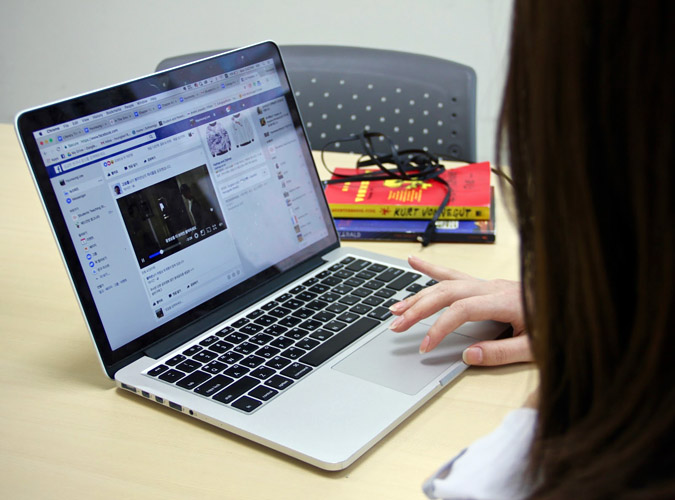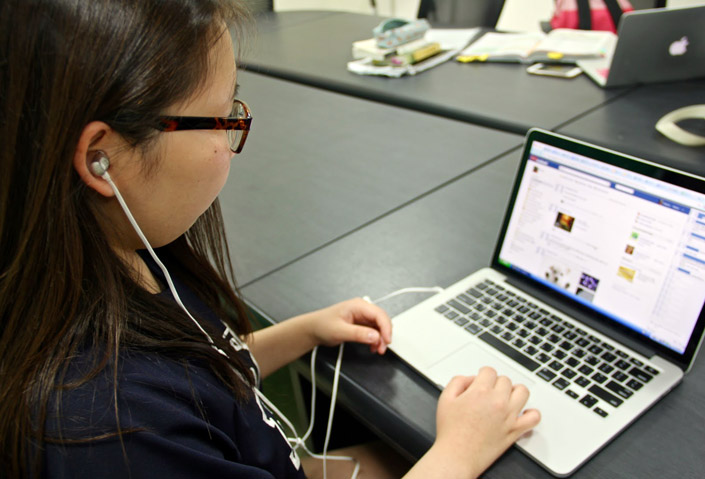Toddlers play with their mom’s phone instead of observing and learning from the world around them. People walk down the street with eyes on their phones, bumping into others. Young couples pull out their smartphones to check messages and social networks even before scanning the menu for dinner. Shoppers that stand in line are only aware of their phones instead of their surroundings. This is very commonly seen in today’s world. Even worse, schools are shifting their curriculum based on technology. Whereas some are convinced that technology gives the students the chance to have a diversified way of learning, others maintain that it is ineffective.
Many students think that a classroom without technology is dull. Students may become uninterested in educational programs or classes because the curriculum lacks the technological appeal and is not engaging enough for them. In the absence of technology, neither high quality nor high quantity of achievement can be found in traditional classes. Technology provides an unlimited amount of useful information as well as organization skills such as to do list or online calendars.
However, it is important to note that technology loses student’s attention. Many schools and teachers allow students to use technology such as smartphones or MacBook, with internet connectivity and text messaging services, disregarding the fact that they are a source of distraction for students. It may be difficult for a teacher to monitor every student’s screen closely in class as to find out whether they are using time wisely or scrolling down for new feeds on their Facebook. Whenever a teacher gives study time in class, we can often see that students are not using their electronic devices properly. Even with applications that the school can block particular websites, it is just a temporary solution. Kate, a senior student at KISJ, says “I grab my phone as soon as I finish my study time”.

“Usually, I try to prevent myself from wasting time on my MacBook. However, as soon as I unlock the screen, I am tempted to open Facebook, says another student. What is more problematic is that students often start to display symptoms of Nomophobia, a fear or anxiety of being without a phone, such as shaky hands.
Then, how should we reduce student’s addiction on technology? The most realistic method is to raise awareness of harmful effects technology exerts. For example, a teacher can hold a technology free day in which class activities do not involve any technology. This day will allow students to not only socialize with their peers but also recognize the worth of living without technology. No, technology does not mean no fun. In fact, there is an annual “National Unplugging Day”, a day of celebrating and having fun as people urge each other to come together and break free from technology to reconnect with themselves and the real world. It creates more space for life and to develop contentment without technology.

Technology advancement began as a way to communicate with each other regardless of the distance, but the original purpose along with the usage has now become distorted. Technology has had a substantial effect and changed the way students engage in their classes.

Yookyung Jin
Grade 12
Korea International School, Jeju

